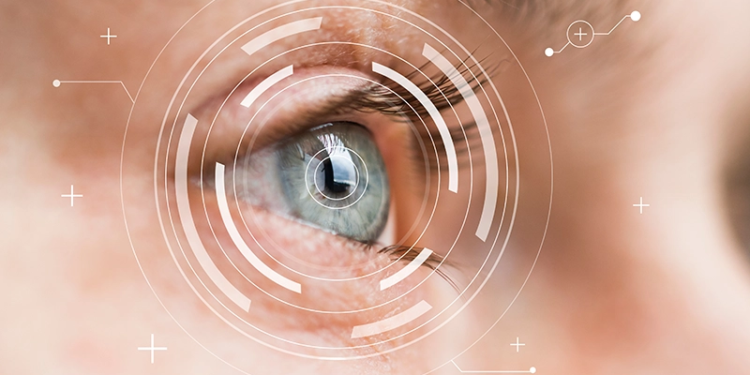In “Cognitive Engagement of the Prosthetic Hand,” and “Sense of Oneness: How Patients Gain Intuitive Control,” Gerald Stark, PhD, MSEM, CPO/L, FAAOP(D), wrote about how within weeks or months after an amputation, the patient’s brain can reorganize the “available space” left by the limb and may rededicate this area to the face, which makes up a large proportion of the map. Stark references experiments showing that activating areas of the face caused sympathetic feeling of the phantom limb in 42 percent of patients. With congenital limb deficiency, however, the mapping of the brain can be different and the sensory map area smaller, which may even indicate how limb difference occurs in utero and relate to pattern recognition prosthesis use.
Researchers defined the concept of the homunculus in 1937 after they stimulated different parts of patients’ cortexes, and asked the patients, who were under local anesthesia, to describe what they were experiencing. Current research, including the presence of phantom limb sensations could lead to further information about the functioning of the human brain.
Support authors and subscribe to content
This is premium stuff. Subscribe to read the entire article.





